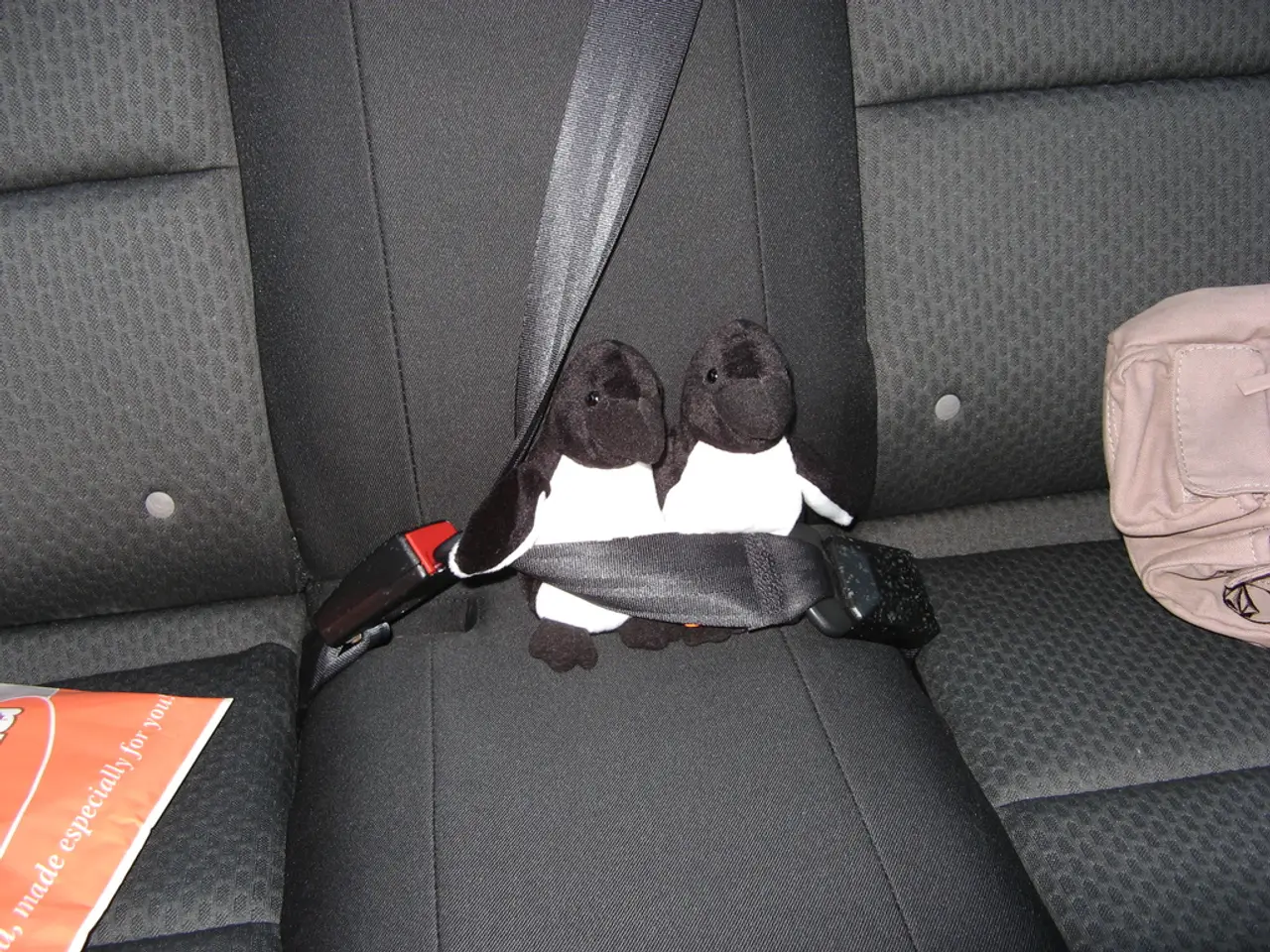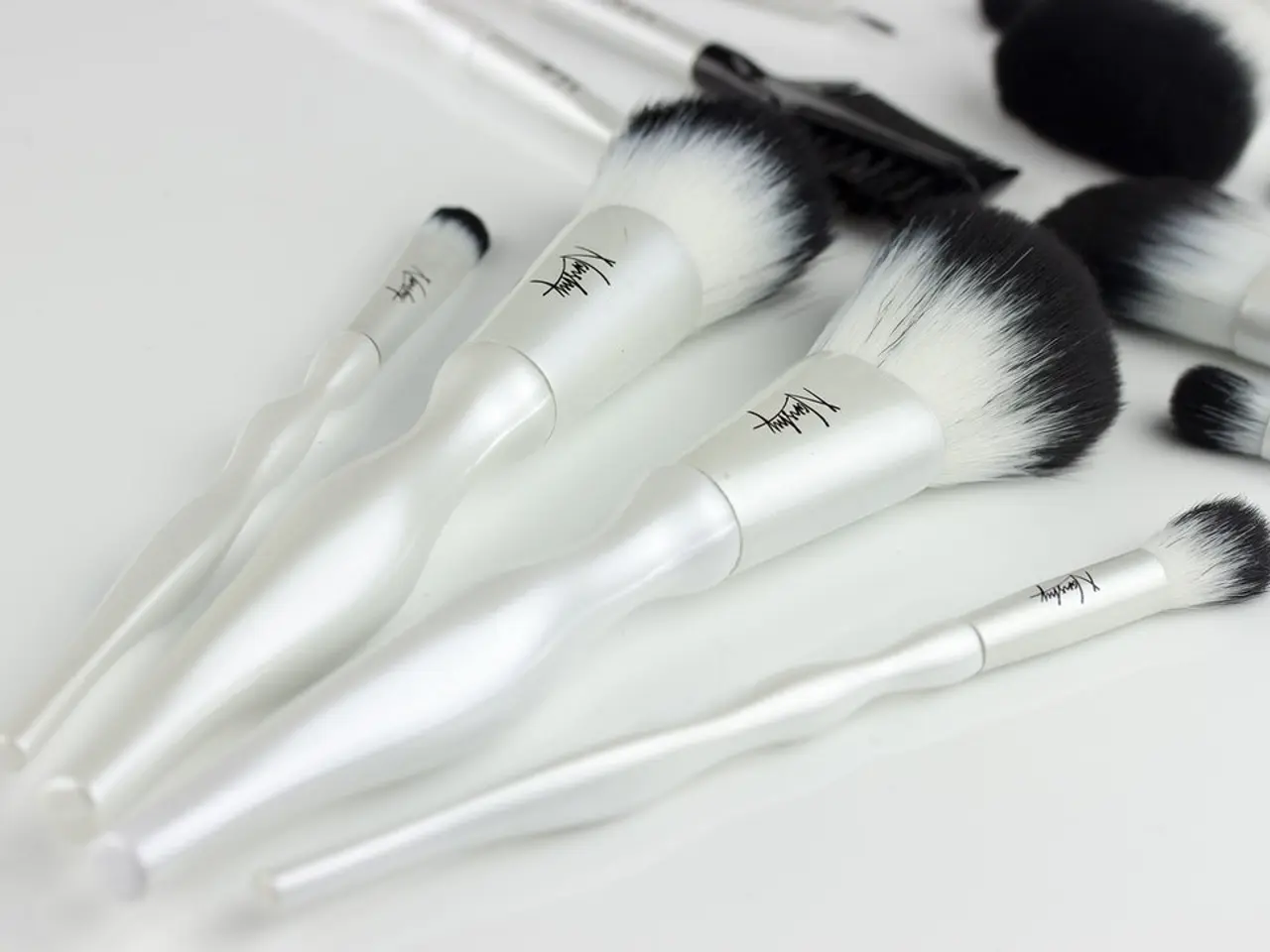Instructions for sketching a feline
Want to learn how to draw a cat by yourself? Follow this comprehensive, step-by-step guide that covers everything from reference photos and quick sketches to skeleton structure, muscles, weight distribution, facial features, fur, and final touches.
- Gather High-Quality Reference Photos
Start by collecting diverse cat photos showing various poses, angles, lighting, and details. This helps understand the shape, proportions, and fur patterns of your subject. Pinterest is a good free source with many cat images for reference, while professional pet portrait artists like Nicholas Beall emphasize the importance of using sharp, well-lit photos, often multiple from different angles to capture details like eyes and fur texture.
- Begin with Quick Sketches and Basic Shapes
Practice quick sketches to capture a cat’s general form and posture. Simplify the body into basic shapes (circles, ovals, and lines) representing the head, torso, limbs, and tail. This loosens your hand and trains you to observe overall proportions and movement before refining details.
- Learn the Underlying Skeleton Structure
Understanding cat anatomy gives your drawings a solid foundation. Study the skeletal structure to know where joints and bones lie, which guides accurate limb placement and poses. While detailed anatomy references specifically for cats can be found in drawing anatomy collections, such as Dreamstime, which offers anatomy drawings and clipart of cats, useful for study and practice.
- Study Musculature and Weight Distribution
Once the skeleton is understood, layer muscles to add realism and dynamic weight. Muscles affect how the skin stretches and the volume of limbs. Observing cats in motion or at rest helps understand how weight is supported by legs and how the spine flexes. While explicit muscle references are less common online for cats, anatomy guides and veterinary anatomy books can provide insights.
- Focus on Facial Features
Cats’ expressive faces are key to lifelike drawings. Practice eyes, nose, ears, mouth, and whiskers carefully. Note the shape and placement differences between breeds as well as how expressions change with eye shape and ear position.
- Add Fur Texture and Patterns
Use varied strokes to simulate fur length, direction, and density. Different breeds or poses will have distinct fur patterns and textures. Layering light and shadow here adds volume. Reference photos with detailed fur are essential for this step.
- Apply Final Touches with Light and Shade
Bring your drawing to life by adding value and contrast. Use shading to emphasize volume, light source, and texture. Soft shadows and highlights can emphasize the roundness of muscles and fur fluffiness, making the cat appear three-dimensional.
Additional Tips:
- Use iterative practice: start simple and build complexity gradually.
- Combine observational drawing from photos with studying anatomy guides.
- Explore online communities or tutorials dedicated to drawing animals for step-by-step lessons.
- You may download anatomy illustrations of cats for detailed study from stock resources like Dreamstime (search for "drawing anatomy cat").
By following this roadmap and utilizing high-quality, varied reference photos (Pinterest and professional artist galleries), anatomy references (Dreamstime), and practicing layered drawing from rough sketches to final shaded fur, you can effectively teach yourself to draw cats in a detailed, structured manner.
The principles for drawing animals are consistent, regardless of the tool used (drawing tablets or sketchbooks). Familiarizing oneself with a cat's anatomy is best done by finding multiple photos of cats in various positions. Paying attention to details like this is key to creating a lifelike drawing. Depending on the cat, the eyes may be drawn more narrow or more open, and cats' eyes often seem bigger due to the color or patterns of fur around them. The skeleton of the cat is drawn to find the structure, and a simplified version of the skeleton is created.
- Browse through Pinterest for diverse cat photos or consult professional pet portrait artists like Nicholas Beall for sharp, well-lit images, as these provide essential details and reference.
- Sketch basic shapes to capture a cat's general form and posture, then practice quick sketches to understand overall proportions and movement.
- Study the skeletal structure of cats to achieve accurate limb placement and poses, utilizing resources like Dreamstime's anatomy drawings and clipart of cats.
- Layering muscles adds realism and weight to your drawings, giving insight into how cats' skin stretches and their limbs' volume.
- Focus on the cat's expressive face, studying the eyes, nose, ears, mouth, and whiskers, noting differences among breeds and expressions.
- Add fur texture and patterns, using varied strokes to represent fur length, direction, and density, with light and shadow to create volume.
- Utilize value and contrast (light and shade) to emphasize the roundness of muscles, fur fluffiness, and create a three-dimensional appearance.
- Iterative practice—start simple and build complexity; combine observational drawing with studying anatomy guides; explore online communities or tutorials dedicated to drawing animals for step-by-step lessons; download anatomy illustrations of cats from stock resources like Dreamstime.




